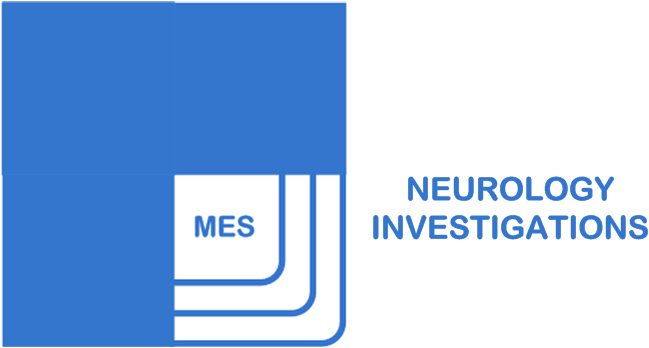
Tibial motor conduction study is performed by placing active electrode at abductor hallucis brevis (AH) muscle, reference electrode at metatarsophalangeal joint of great toe and ground electrode b/w stimulator and active electrode.
Tibial nerve is stimulated behind medial malleolus and in popliteal fossa. Stimulation of nerve in popliteal fossa is difficult because nerve is lying deep in the fossa.
Usually, a distal latency in excess of 5.0 ms is taken as abnormal. Similarly, CMAP amplitude of less than 5 mv or conduction velocity of less than 40 m/s is taken as abnormal. However, these values may vary b/w various populations, machines etc, thus it is advisable to generate a normative data for each centre.
Reference:


